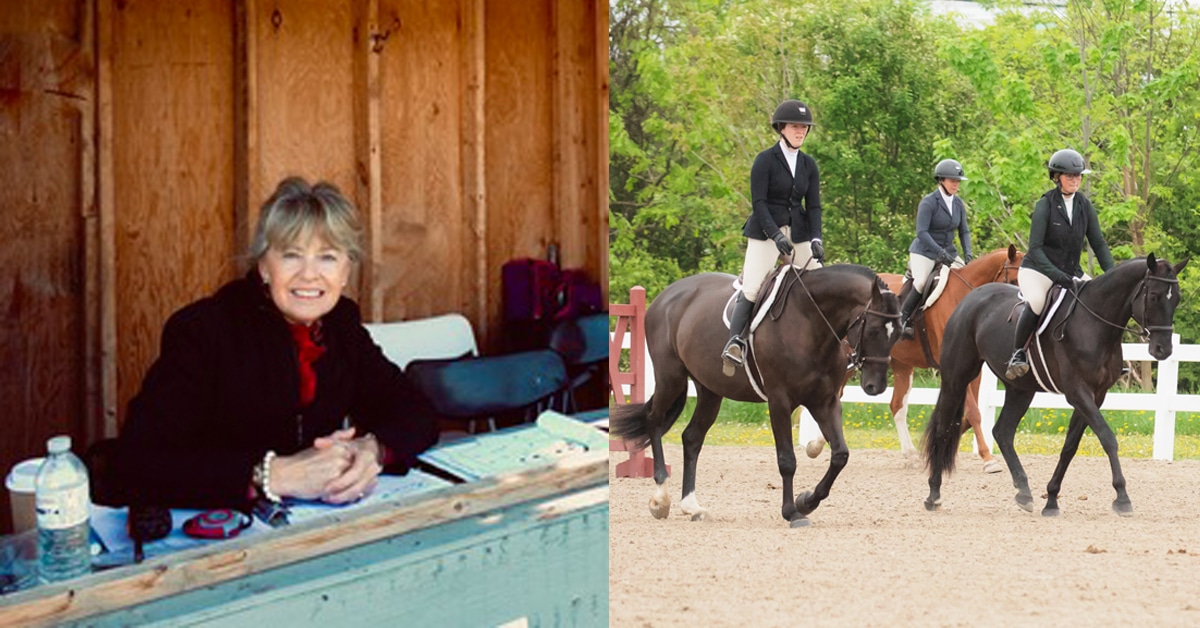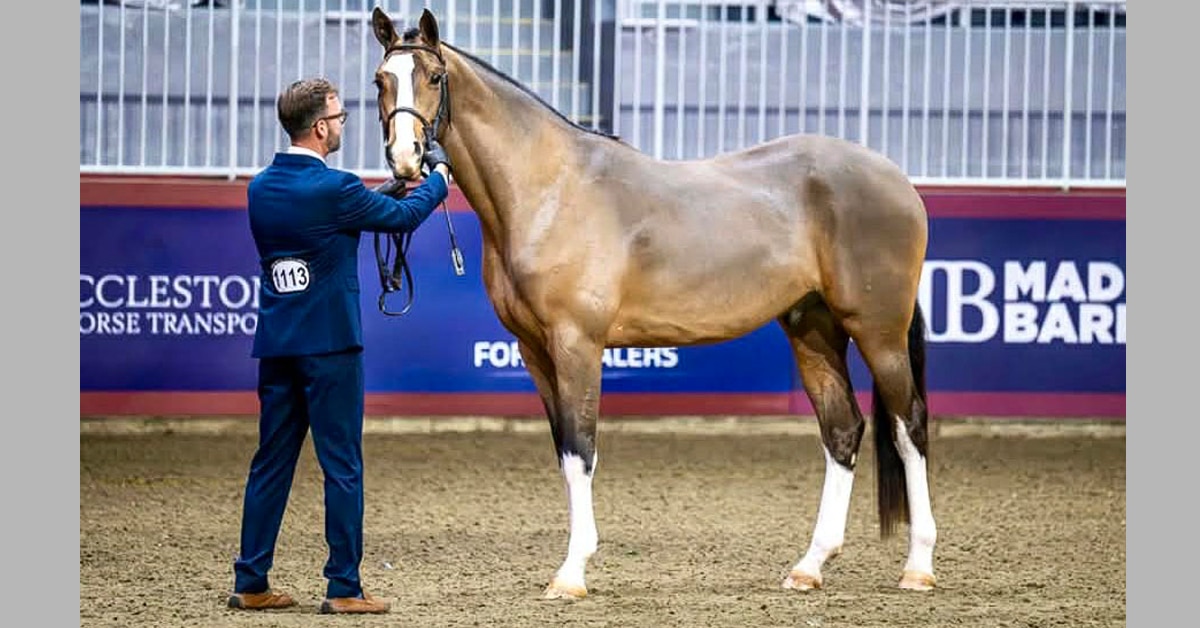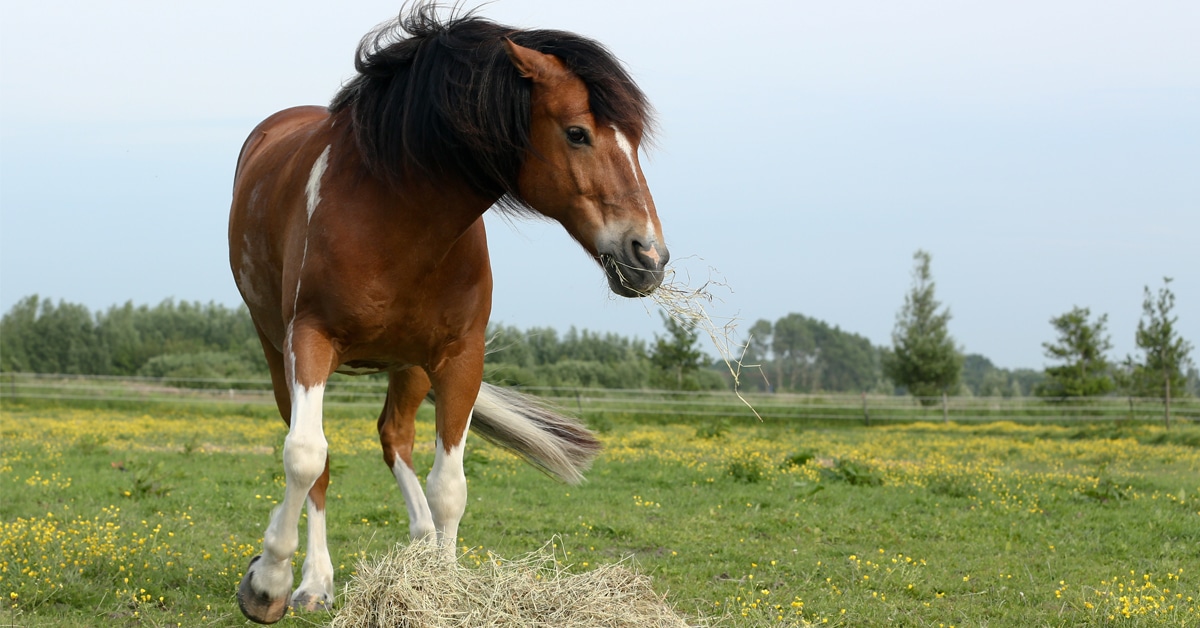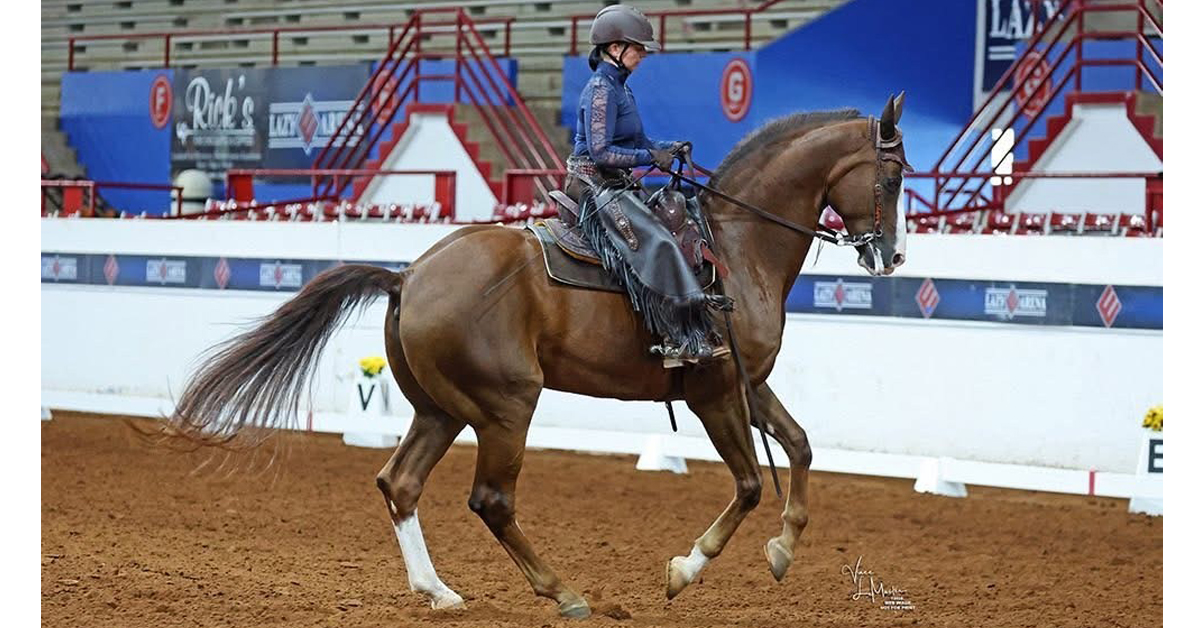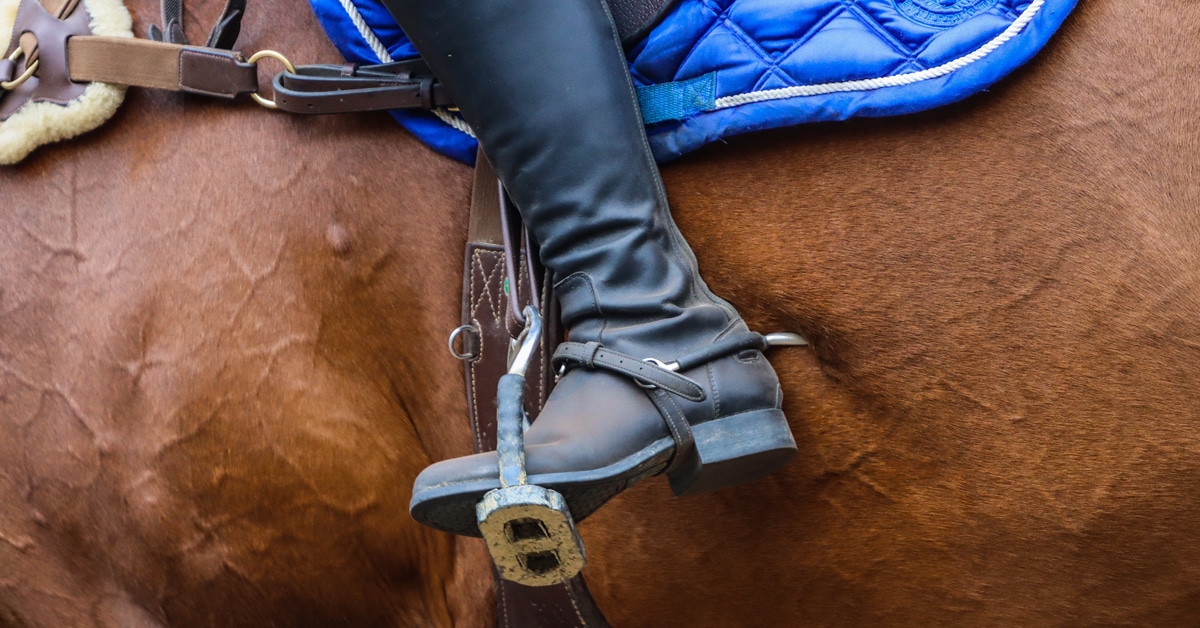There is a growing body of evidence that over 50 per cent of the sport horse population that are in regular work and believed by their owners to be sound, are in fact lame. Many problems of poor performance, such as lamenesses and gait abnormalities due to musculoskeletal pain, only become apparent when the horse is ridden. Using the Ridden Horse pain Ethogram (RHpE), it is now possible to identify those horses that may be experiencing discomfort.
The RHpE behaviour scoring system was developed from seven preliminary studies and, in a further six studies, its application was extensively tested in a variety of clinical and research settings. The RHpE comprises a list of twenty-four behaviours, the majority of which are at least ten times more likely to be seen in horses experiencing pain. The behaviours include, for example, the horse repeatedly being overbent, tilting the head, opening its mouth, putting out the tongue, putting the ears back and swishing the tail.
All these behaviours, although very commonly seen even at this international 5* level, are nonetheless abnormal. The presence of eight or more behaviours indicates that a horse is likely to be lame. The system has been proven as a powerful tool in aiding the recognition of pain-related body language in ridden horses at all levels.
This article reports on the fourteenth study in the series so far, in which researchers Sue Dyson and Andrea Ellis aimed to test further the usefulness of the system in the field by comparing RHpE scores with actual competition results of elite event horses during Badminton and Burghley Horse Trials.
Study design
A pilot study carried out at Burghley showed that the proportion of horses failing to complete the competition was significantly higher for those with RHpE scores of seven or more, compared with those scoring less than seven. This information highlighted that in elite horses competing at this level, it would be useful to use a lower total RHpE score (than the previously used cut-off of eight in non-elite horses) as an indicator of possible influence on performance. As might be expected from this sample of relatively fit, healthy horses, only a small proportion showed evidence of discomfort when ridden, and therefore, a cut-off score of seven behaviours was selected for final assessment.
Many of the elite horses studied at Badminton and Burghley appeared comfortable in their work
In the main study, a total of 137 horses were assessed live during the warm-up for the dressage phase of Badminton and Burghley. Each horse was observed for up to 12 minutes immediately prior to the scheduled dressage test.
In addition to the RHpE scoring system, assessments of lameness, gait abnormalities (e.g. canter lacking suspension phase, stiff or stilted) and other potentially relevant observations (e.g. teeth grinding, saddle slipping to one side) were recorded in notes.
Results
Around forty percent of horses showed lameness or gait abnormalities in canter with significantly higher RHpE scores. There was a higher frequency of occurrence of abnormalities of canter (25%) compared with lameness (13%). Lameness was generally low-grade, with most horses scoring two or less out of a total of eight, and often only seen in specific movements, such as ten-meter circles. The most frequent RHpE score was three out of a total of twenty-four, although the scores ranged from zero to nine.
The most frequent behaviours observed were:
- Overbent (head behind vertical by at least ten degrees for at least ten seconds)
- Head tilting repeatedly
- Mouth opening (with separation of the teeth for at least ten seconds)
- Tail swishing repeatedly
- Intense stare (for at least five seconds)
Many observers find the facial expressions, in particular the eye, to be the most difficult to recognise. Some examples of the ‘intense stare’ include:
- Intense stare with the eyelids widened
- Intense stare with hard focus
- Intense stare looking downwards or “zoned out”
- Intense stare with fixed or glazed expression
Other eye expressions include:
- Eye half closed
- Sclera (the white of the eye) exposed
Other behaviours recorded in the RHpE scoring system include the tail held stiffly to one side and the bit pulled through the mouth to one side.
There were correlations between:
- The RHpE score and dressage penalties
- Gait abnormalities and RHpE score
Research Highlight:
In the majority of cases, horses with lower RHpE scores had higher final placings.
The proportion of horses failing to complete the cross-country phase was higher for horses with a RHpE score of seven or more (59%) compared with horses with a score of less than seven (33%). There are many reasons why a horse might fail to complete the cross-country phase, (for example horse or rider error, rider skill, loss of a shoe etc.), and this study cannot prove causation. However, it is notable that two horses, each assessed at both Badminton and Burghley events with RHpE scores of seven or more, failed to complete on both occasions.
Conclusions
The results of this study showed an association between gait abnormalities and RHpE scores, which in turn was associated with dressage and cross-country performances. Gait abnormalities may compromise dressage and cross-country performance in some horses and influence the final placing. Given the relationship between RHpE scores, gait abnormalities and performance, it seems reasonable to assume that if the primary problems causing gait abnormalities are diagnosed and treated, then performance may be improved.
Although many of the horses appeared to be working comfortably, the consistency of the observations highlights the potential usefulness of the application of the RHpE as a tool to identify those horses which could benefit from management changes to improve performance. Although a horse may be considered fit to compete by the ground jury at the first horse inspection when assessed trotted up in hand, this does not necessarily mean that it will be pain free when ridden. Some horses may be less willing to keep trying if there is underlying discomfort. Application of the RHpE would facilitate the recognition of horses which may benefit most from further investigation and appropriate treatment.
Recognition of equine poor performance: The ridden horse pain ethogram
An illustrated guide to the 24 behaviours that are 10 times more likely to be seen in horses experiencing pain is available to download here.
***
~ Dr. Anne Bondi BHSI, PGDip, PhD, is Director of the Saddle Research Trust
The Latest
